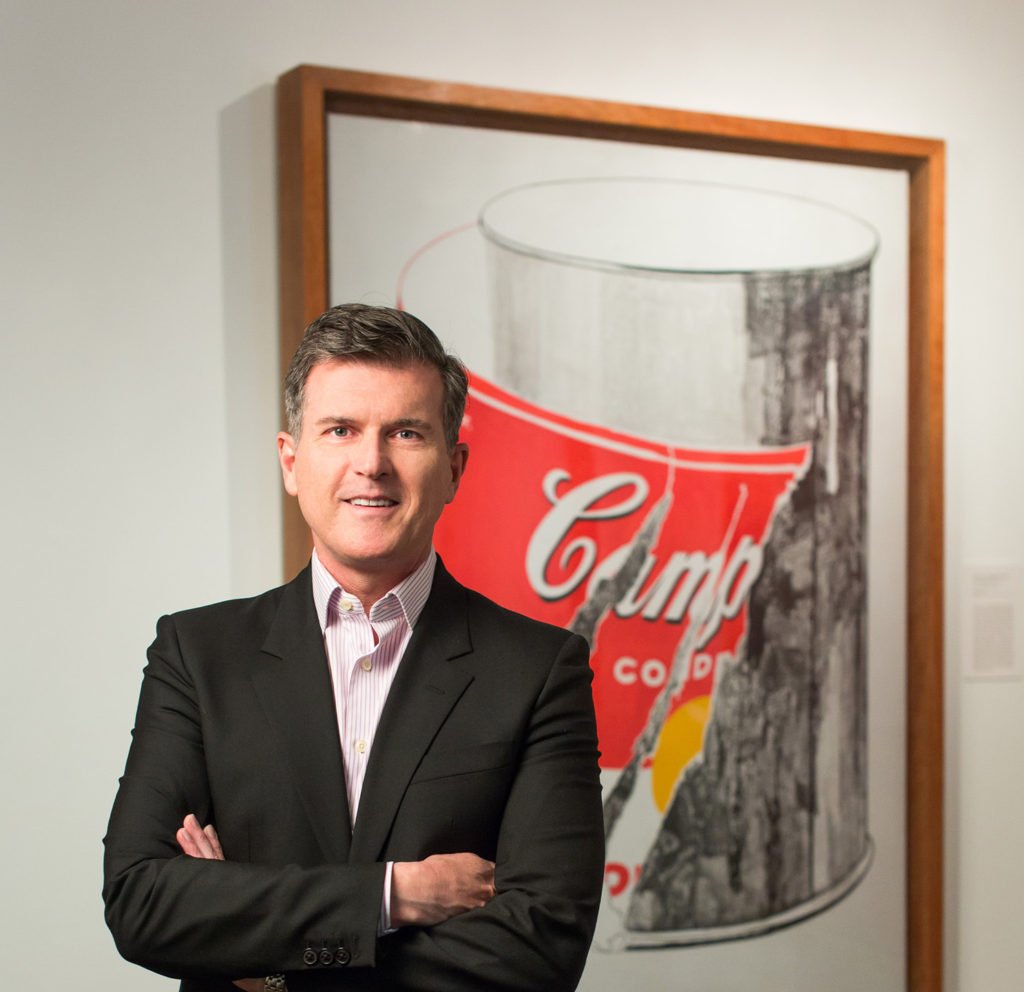People
New Andy Warhol Museum Director Promises Focus on Religion
Partick Moore has been picked to succeed Eric Shiner, who left for Sotheby's.

Partick Moore has been picked to succeed Eric Shiner, who left for Sotheby's.

Pittsburgh’s Andy Warhol Museum officially has a new leader. After an international search, the institution promoted from within, picking high-level staffer Patrick Moore. He succeeds director Eric Shiner, who went to Sotheby’s last year.
Moore joined the museum as director of development in 2011 and then became deputy director before taking over as interim director when Shiner left.
What to expect from the new boss? Speaking to the Pittsburgh Post-Gazette, Moore said he hoped to “fight against stereotypes and present [Warhol] as a three-dimensional person,” specifically by emphasizing the religious beliefs of the Pop art prince.
“You’ll be seeing an increase of emphasis on his faith,” Moore told the newspaper. “Many know about New York City and Studio 54 and the high life, but the truth is he did come from these immigrant beginnings. For Andy Warhol to be an openly gay man who did enjoy the high life in New York does not negate the fact that he was a man of deep religious faith.”
Moore previously worked for a decade at the Alliance for the Arts, in New York, where he headed up the Estate Project, which studied the impact of the AIDS crisis on America’s art community. There, he commissioned projects from artists including Ed Ruscha and Catherine Opie.
He also brings experience from outside the art world, having served as executive producer for Yahoo! on its Wolfgang Puck Worldwide collaboration.
As one of the 20th century’s most influential artists, Warhol is also one of the major forces in the market, his works regularly appearing in numbers at marquee sales at the biggest auction houses. His current auction high is $105.4 million, achieved at Sotheby’s New York in November 2013 by Silver Car Crash (Double Disaster), a nine-foot-tall canvas depicting a car crash alongside a monochrome field of silver.
Moore takes over an institution that is key for Warhol researchers, points out artnet News contributor Blake Gopnik, currently at work on a biography: “Because of its archives, the museum is the most important site for researching Warhol in the world. No serious Warhol research can be done without access to the museum’s holdings.”